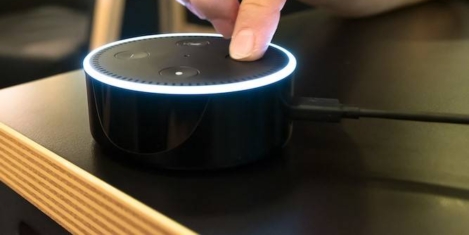April 25, 2017
Over a quarter of employees don’t think they’ve acquired the skills to do their job 0

Four in 10 employees (39 percent) feel they are not well managed at work and are out of their depth in their roles, and 26 percent of employees don’t believe they have the right skills or experience to do their job properly in the first place, a new report claims. The research by recruitment firm, Robert Half UK also found that nearly one in five employees (18 percent) are not clear of what is expected of them at work. The research shows employees want better management and guidance from their bosses, particularly as they progress in their careers. Employees currently feel they have more support and training early on in their careers, with 71 percent of 18-34 year olds, claiming they are well managed. In comparison, just over half (56 percent) of 55+ year olds feel the same. To resolve this, managers need to set out clear expectations, offer regular training and opportunity for assessment, while employees also need to assume responsibility and ask for help.



































